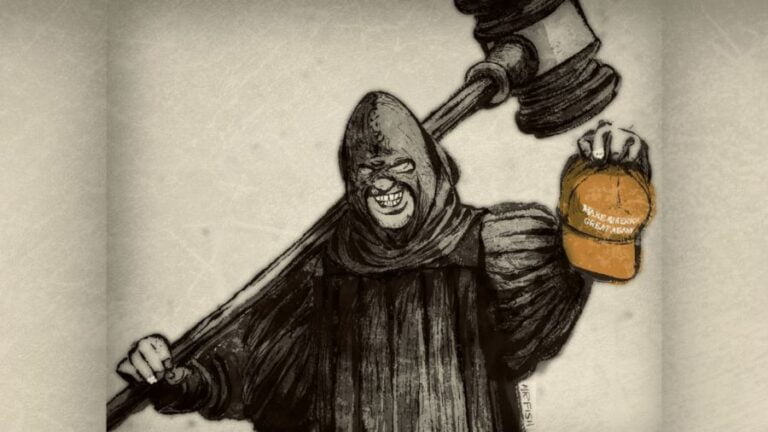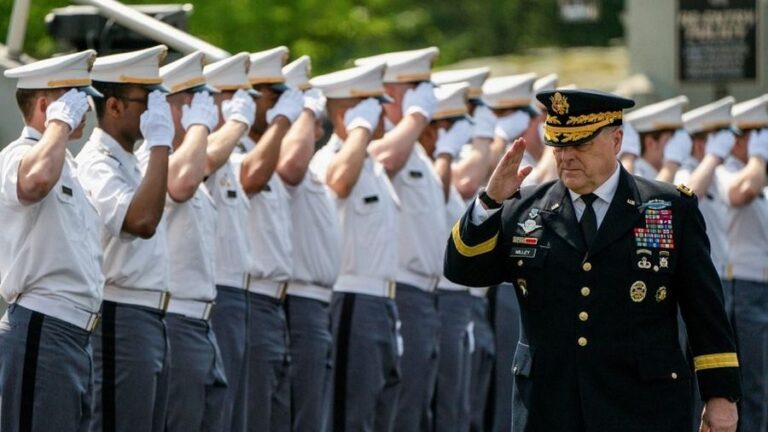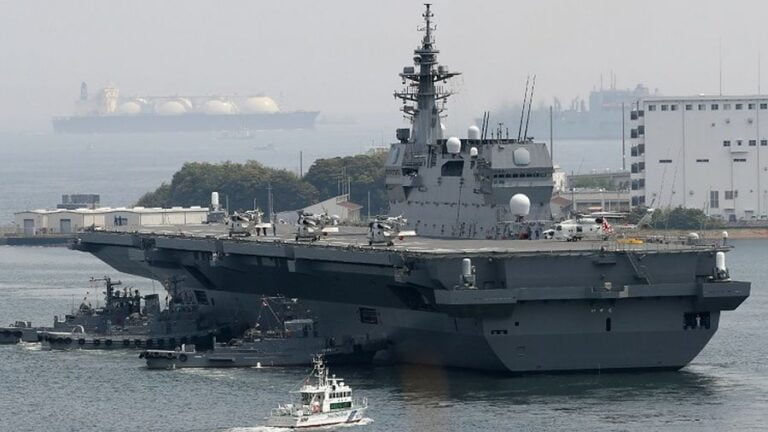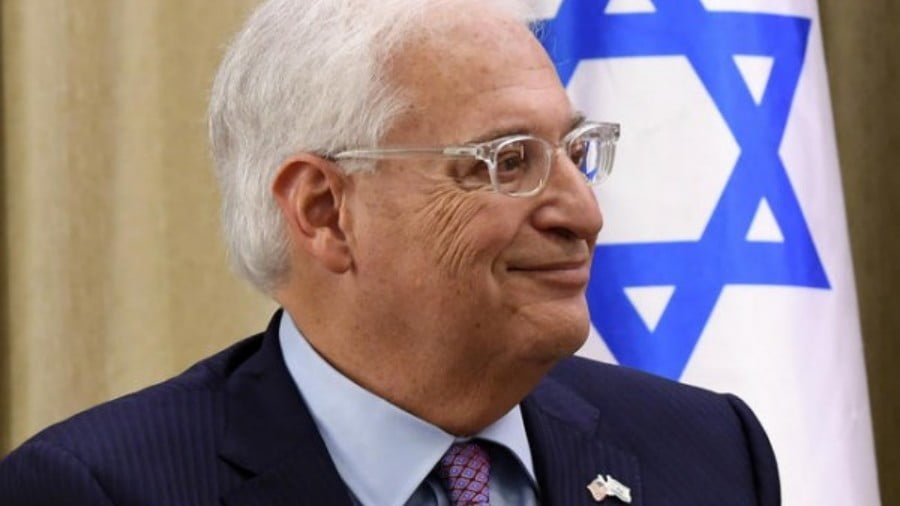The Battle for Mosul: Concept Versus Reality
Mosul is the second largest city in Iraq, after Baghdad. It is a city of 1.5 million people (according to UN estimates). It is a city where Sunni Arabs, Shia Arabs, Kurds, Yezidis, Armenians, Assyrians, Turkmens, and even some followers of Christianity have coexisted for a very long time. Mosul is also the informal political and economic capital of Sunni Iraq. An ethnically multifaceted city, it has the highest percentage of Christians of all the Iraqi cities.
Economically, Mosul is a sufficiently large center of oil production. Before the Russian operation to target and destroy the oil caravans that had followed the “northern route”(Iraq-Syria-Turkey), ISIL received up to $ 50 million per month from this trade. Mosul is also a transportation hub. Three major highways pass through Mosul: the Baghdad (№1) – Mosul – Syrian border – Aleppo (M4), the Baghdad (№2) – Mosul – Turkish border, and the Mosul – Kirkuk (№80). The branch of the so-called Baghdad railway also passes through the city. The city is located on the largest river in the Middle East, the Tigris River. The largest hydroelectric power station in Iraq is situated on this river (60 kilometers from the city).
On October 16, 2016, a decisive attempt to storm Mosul was once again declared. It should be noted that for ISIL, Mosul is their last stronghold in Iraq and a key source of income from oil sales. For the governments of Iraq and the Iraqi Kurdistan, it is a question of control over the region in which, first of all, their financial interests depend. For their western colleagues, the operation represents a important PR campaign and a source of political dividends.
One of the leaders of a Shia armed group of Iraq, Hadi Al-Amery, declared that Mosul on degree of duration and intensity of fighting, can become one more Aleppo.
Structure of coalition forces
- Iraqi security forces (54000 soldiers)
- Peshmerga (up to 40000 soldiers)
- Sunni Militia loyal to the government (to 9000 people)
- Shia militias, units of Turkmens, Yazidi and Christians that operate as a part of the Popular Mobilization Units (PMU), also known as the Popular Mobilization Forces (PMF) (up to 5000 people)
- Approximately 5000 American servicemen
- More than 130 artillery weapon systems, several hundred of armored vehicles, and also about 90 warplanes, helicopters and fighting unmanned aerial vehicles.
A patchwork coalition of anti-ISIS forces inevitably creates additional problems during operations, firstly concerning the organization of troops’ cooperation and coordination. About 9000 Islamic State terrorists full of determination not to hand over the city, equipped with many vehicle bound improvised explosive devises (VBIED) and chemical weapons stand in opposition to them. The absolute advantage in numbers, equipment and professionalism definitely favor of the coalition.
However, anti-ISIS forces face a number of problems and the worse humanitarian situation in the city is only one of them. On the UN’s initiative, 5 camps for 120000 people are ready to be organized. It is obviously not enough for the estimated 1.5 million people that reside in the city
There are former officers of Saddam’s army among ISIL fighters who are natives of Mosul and who perfectly know the city and its communications. This fact makes storming of the city almost an impracticable task. Among the enlisted personnel of ISIL there is a significant number of fighters who have experience of conducting urban warfare in Afghanistan, Chechnya, Libya, and Syria. These people know all about warfare in an urban environment. The western media draw the Islamic State terrorist as wild, cruel and stupid. Such light-mindedness in the enemy’s assessment already leads to casualties. In less than a month of combat in the suburbs of Mosul, in areas with a civilian population loyal to the government coalition, there have already been more than 3000 people killed and wounded, 22 tanks, and more than 120 lightly armored vehicles destroyed.
Defense of the city by ISIL is conducted in due regard for the tenants of military science. The city has been under the control of ISIL for a long time and is respectively prepared in regard to the engineering of defensive positions. As the Iraqi military has repeatedly attempted to storm Mosul in the past, IS commanders have surely carried out measures to strengthen the most vulnerable sites of defense. Tactical methods of ISIL fighters are characterized by quick maneuvering in a square with use of these prepared avenues of approach, ambushes and traps. Grenade launchers (RPG-7, RPG-18, RPG-22) are used in large quantities and mortars are more rare in the conditions of fighting in the city. In the areas where the enemy is most likely to appear, mines traps and land mines are already prepared. On highways, ISIL uses VBIED and long-range artillery in large quantities. The nature of these attacks demoralizes the opponent, and reduces the rate of his offensive. As camouflage security from air strikes, and also with the purpose to complicate overcoming defense of the city, holes and trenches with oil products are set on fire. From the beginning of the latest Mosul operation, IS conducted a counterattack near the city of Kirkuk, in an effort to bleed resources away from the coalition’s efforts against Mosul. Similar attacks were made in 2015 and 2016 to distract attention away from the city. IS uses long-range artillery, including shells filled with mustard gas and chlorine in areas which are attacked by peshmerga units. On October 20, 2016 Islamic State terrorists arranged an act of sabotage in Al-Mishraq, at a sulfur plant. This action resulted in the mass poisoning of civilians. ISIL is also using civilians as human shields to prevent air strikes.
The general concept of the operation is as follows: Units of peshmerga conduct an attack from the North and the East. The ISF, with the assistance of Shiite militia conduct an attack from the South. The armed groups of Kurds are tasked with blockading the city. The ISF takes Mosul under control.
There are about 5000 American soldiers deployed near Mosul. Official sources have specified that there are about 200 soldiers in the combat zone, generally it is USSOCOM personnel and forward air observers. How the remaining 4800 soldiers are employed has yet to be specified. As far as information is available, 1,700 soldiers of the 2nd brigade of the 101st airborne division are placed at Qayyarah air base, approximately 60 km from Mosul. Units of the 18th field artillery brigade are deployed at the same location to provide fire support to the American paratroopers. Besides that, the USMC battalion (Task Force Spartan) also acts in this area. Units of the 82nd airborne division shall replace their colleagues from the 101st division. They completed a two-month course in urban warfare, and also warfare in a chemical weapons environment. An exact time frame of rotating the airborne units has not been announced. This means that the Pentagon may be keeping the paratroopers of the 101st airborne division in reserve.
It appears that the pre-election project of the Democratic Party of the USA, under the title “Quick Capture of Mosul” has, seemingly, failed together with Hillary Clinton’s presidential campaign. Now, the tactics of the USA administration have changed. This may mean that Donald Trump gets dragged into a quagmire of a war. That being stated, high-ranking Pentagon officials no longer believe that the Iraqi military is capable of taking Mosul, and have been preparing a plan with greater participation of the US Armed Forces.
Troops of the USA have already sustained losses: 16 killed and 27 wounded in the first 3 weeks of the offensive. The majority of these US casualties were due to artillery fire, the detonation of mines and friendly fire from coalition aircraft.
https://www.youtube.com/watch?v=J3A7ocTCrCA
Source: SouthFront







